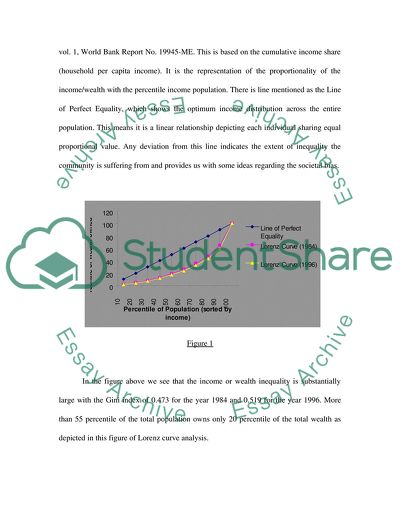Cite this document
(Lorenz Curve Analysis Term Paper Example | Topics and Well Written Essays - 2000 words - 1, n.d.)
Lorenz Curve Analysis Term Paper Example | Topics and Well Written Essays - 2000 words - 1. https://studentshare.org/politics/1721861-politics
Lorenz Curve Analysis Term Paper Example | Topics and Well Written Essays - 2000 words - 1. https://studentshare.org/politics/1721861-politics
(Lorenz Curve Analysis Term Paper Example | Topics and Well Written Essays - 2000 Words - 1)
Lorenz Curve Analysis Term Paper Example | Topics and Well Written Essays - 2000 Words - 1. https://studentshare.org/politics/1721861-politics.
Lorenz Curve Analysis Term Paper Example | Topics and Well Written Essays - 2000 Words - 1. https://studentshare.org/politics/1721861-politics.
“Lorenz Curve Analysis Term Paper Example | Topics and Well Written Essays - 2000 Words - 1”. https://studentshare.org/politics/1721861-politics.


